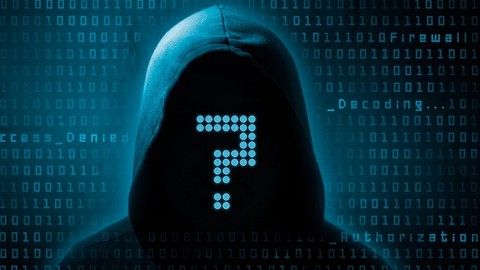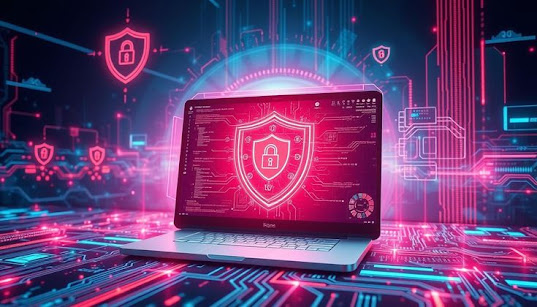Quantum Computing and Post-Quantum Cryptography: Securing the Future of Data in 2025
Quantum Computing and Post-Quantum Cryptography: Securing the Future of Data
1. The Quantum Leap in Computing
For decades, traditional computers have driven the evolution of technology. But now, quantum computing—a revolutionary leap—is beginning to reshape the rules. Unlike classical computers that process data in binary (0s and 1s), quantum computers use qubits that can exist in multiple states at once. This opens doors to unparalleled processing power.
While quantum computing holds promise for breakthroughs in medicine, logistics, and climate science, it also introduces new threats—especially to our digital security systems.
2. Why Quantum Threats Matter
Most of today’s digital infrastructure relies on public-key cryptography, like RSA and ECC, to secure communications, financial transactions, and personal data. These systems are built on the difficulty of certain math problems—like factoring large numbers—which classical computers struggle to solve efficiently.
But a fully functional quantum computer could solve these problems in seconds.
That means encrypted emails, secure banking systems, and even government secrets could be cracked open.
3. What is Post-Quantum Cryptography?
Post-Quantum Cryptography (PQC) refers to cryptographic algorithms designed to withstand attacks from both classical and quantum computers. Unlike existing systems, PQC doesn't rely on problems that quantum algorithms can easily break.
The goal? To future-proof digital security.
Leading institutions, including NIST (National Institute of Standards and Technology), have been working on standardizing PQC algorithms. In 2022, NIST announced four finalist algorithms to be part of the first set of quantum-resistant encryption standards.
4. Real-World Implications
Even though large-scale quantum computers capable of breaking encryption aren’t available yet, the risk isn’t theoretical. Hackers can harvest encrypted data today and wait until quantum tech becomes advanced enough to decrypt it.
This tactic, known as "harvest now, decrypt later", is why companies, governments, and tech providers are already planning migrations to PQC.
Industries like finance, healthcare, cloud services, and defense are among the first to explore these transitions.
5. Moving Toward Quantum-Resistant Security
Switching to quantum-resistant systems won't happen overnight. It involves:
-
Inventorying cryptographic assets (knowing where and how encryption is used)
-
Testing PQC algorithms in real environments
-
Implementing hybrid models (combining classical and quantum-resistant algorithms)
-
Educating teams and updating policies
The transition is complex, but essential. The earlier organizations begin preparing, the smoother their migration will be when PQC standards are finalized.
6. Challenges on the Road Ahead
The biggest challenge isn’t just technical—it's organizational. Many companies aren’t aware of the quantum threat timeline or don’t feel urgency due to the abstract nature of quantum computing.
Other hurdles include:
-
Performance trade-offs: Some PQC algorithms require more processing power or memory.
-
Compatibility: Updating existing systems can be resource-intensive.
-
Standardization lag: Industry standards are still being finalized, making timing a concern.
7. What You Can Do Today
Whether you’re a cybersecurity professional or a curious reader, here are a few ways to stay ahead:
-
Stay informed about NIST’s progress in PQC standardization.
-
Ask your service providers how they’re preparing for the quantum shift.
-
Encrypt sensitive data with strong keys and keep it secure.
-
Support open-source PQC research and tools that contribute to a safer digital world.







Comments
Post a Comment